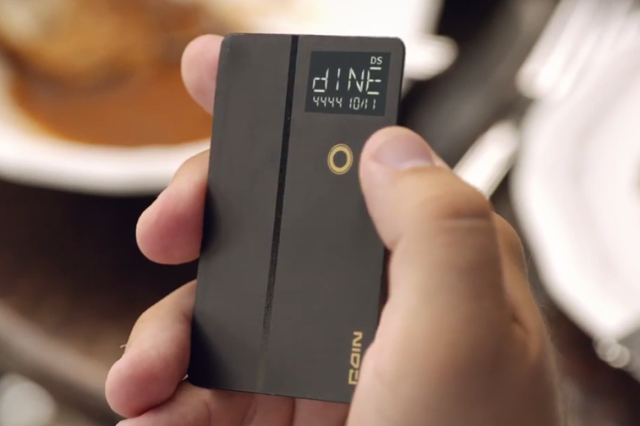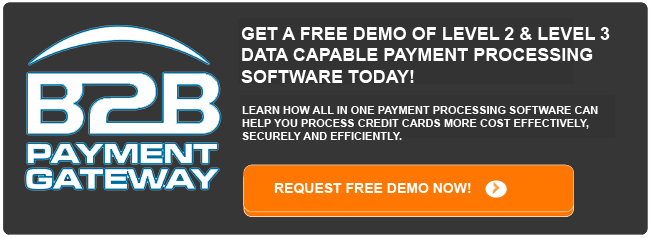2014 looks like a promising year in payment technology. There have been several new technologies introduced that will change the way the average consumer makes day-to-day purchases. Some might be fads that will come and go, but there are some payment technologies on the horizon that look quite promising.

1. EMV Smart Cards
First, look out for a rapid increase in EMV smart cards in 2014. Many major credit card companies have already announced that they will fully switch to EMV smart cards by late 2015. EMV smart cards will replace the outdated magnetic strip cards that consumers in the USA use daily. These new type of cards will provide more security with an encrypted chip embedded inside the card that stores all the payment information. Hopefully the transition will significantly cut down on data theft and identity fraud when a consumer swipes their card at a POS system. Most European countries have already adopted EMV technology so expect 2014 to be the year of EMV in the US.
2. Coin
Another promising payment trend that will make a lot of headway in 2014 will be Coin. Coin is a credit card sized device that stores all of your credit card, debit card, and gift card information allowing you to swap from card to card whenever you want. Their “one card to rule them all” motto seems to be catching on very quickly. They launched a pre-order campaign in November of last year and reached their $50,000 goal in just 40 minutes. The device is just as thin as a regular credit card and can hold up to 8 credit cards making it perfect for anyone with a cluttered wallet. Coin can even connect to your iOS device via Bluetooth.
3. Mobile Payment Technologies
Mobile payment technologies gained a lot of traction in 2013 and will only get bigger in 2014. Google Wallet and LevelUp have already became very popular and now other merchant service providers are trying to catch up. For example, PayPal introduced their own mobile wallet payment platform earlier this month, and many companies are following suit. Retailers are taking note too. In fact, companies like 7-11, Best Buy, CVS, Gap, K Mart, and many more have announced they will offer mobile payment solutions for their stores by late 2014. Whether it’s NFC or QR codes, mobile payments are not going away and expect to see a dramatic increase in contactless POS systems in 2014.
4. Bitcoin
Although the Bitcoin market has been less than stable, it’s not stopping major retailers from hopping on board. Even with Bitcoin losing half of its value in November, major retailers like Overstock.com have announced they will accept Bitcoin by the 2nd half of 2014. Overstock isn’t alone. Other companies like Virgin Galactic, Baidu, Zynga, and more have all announced they will accept Bitcoin this year. Although the currency is extremely new, expect to see a lot more companies jump on board, especially if it proves to be lucrative for the early adopters. Whether Bitcoin succeeds or fails remains to be seen, but at the rate it’s going now, more and more retailers will be testing the waters.
5. B2B Payment Gateways
Merchants that do a good amount of business to business and government contracting are using payment gateways tailored specifically for their business type. This is mostly due to the fact that they need a technology that enables them the ability to process level 2 & level 3 data. These data points not only create a more secure transaction but offer the merchant the opportunity to save up to 39% on their credit card processing fees. There are many level 2 data capable payment gateways out there however there are only a few that offer both level 2 & level 3 data capabilities. This is extremely important to those merchants who work with government agencies the require vendors to process level 3 data or merchants who simply want to experiences the deepest savings available.

